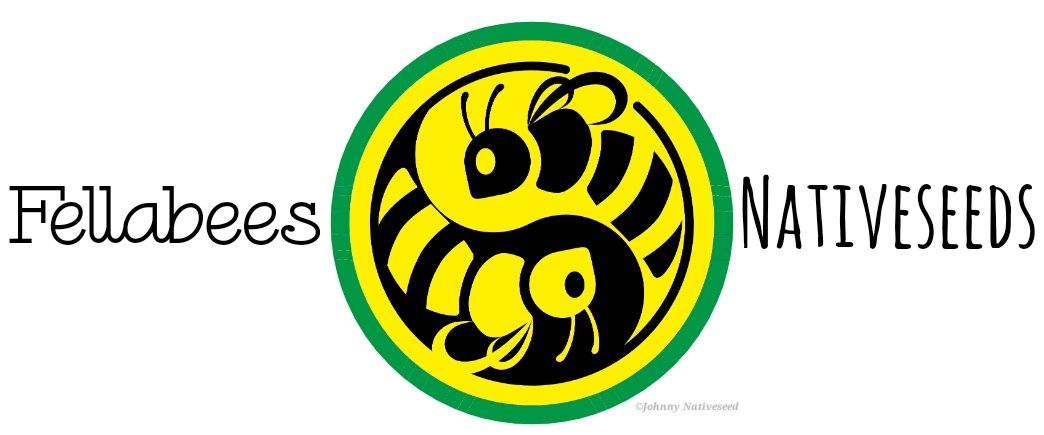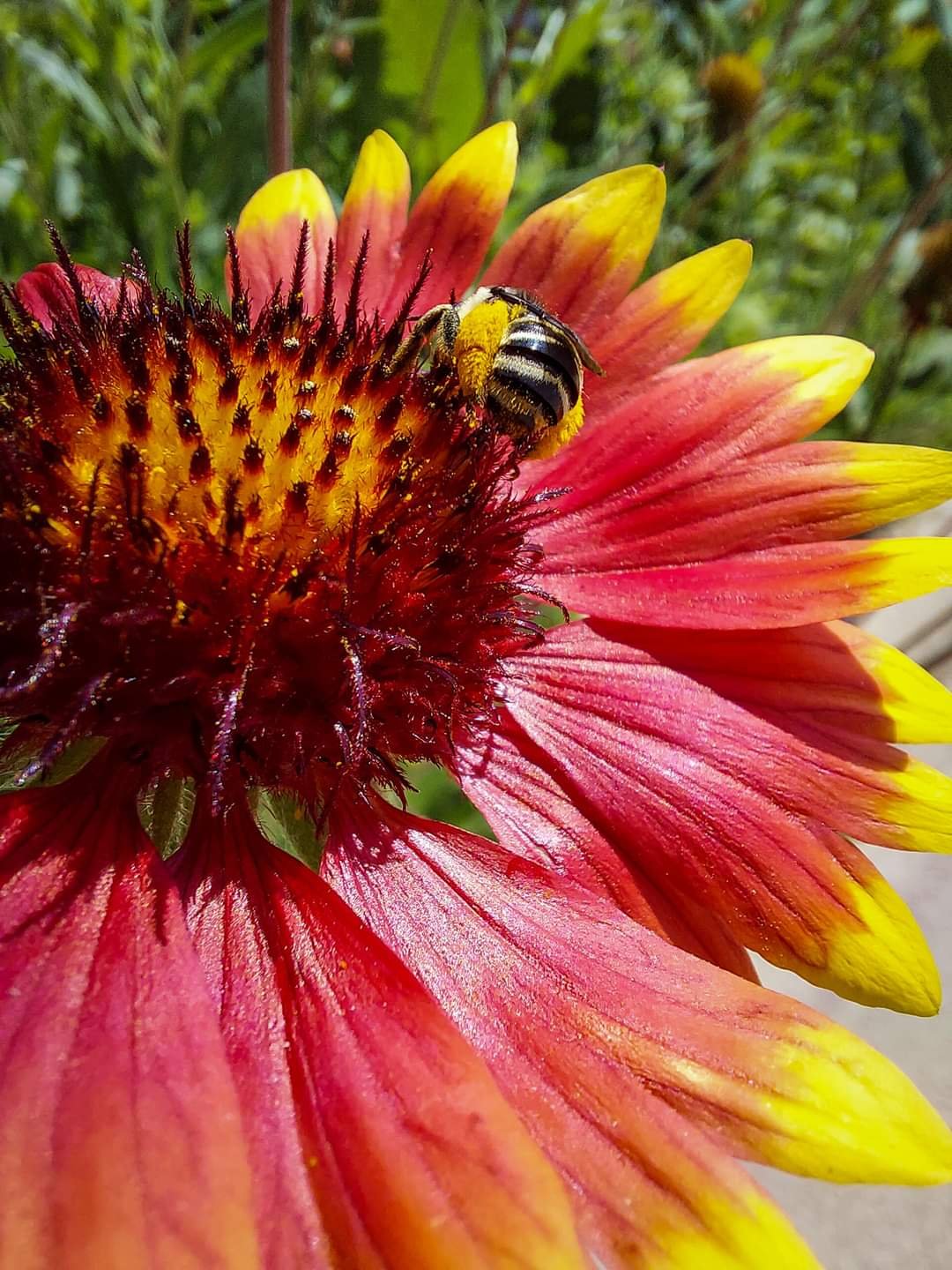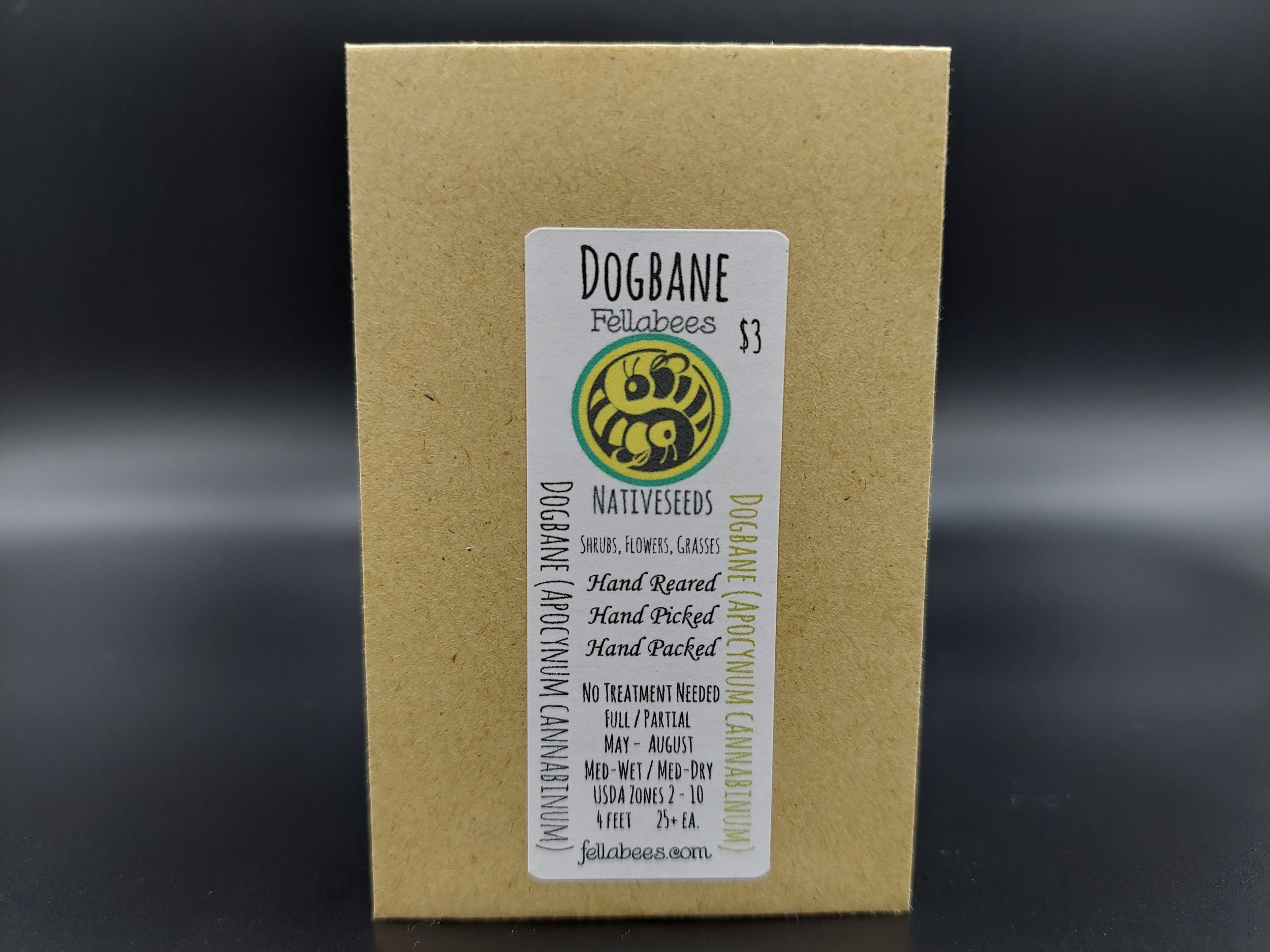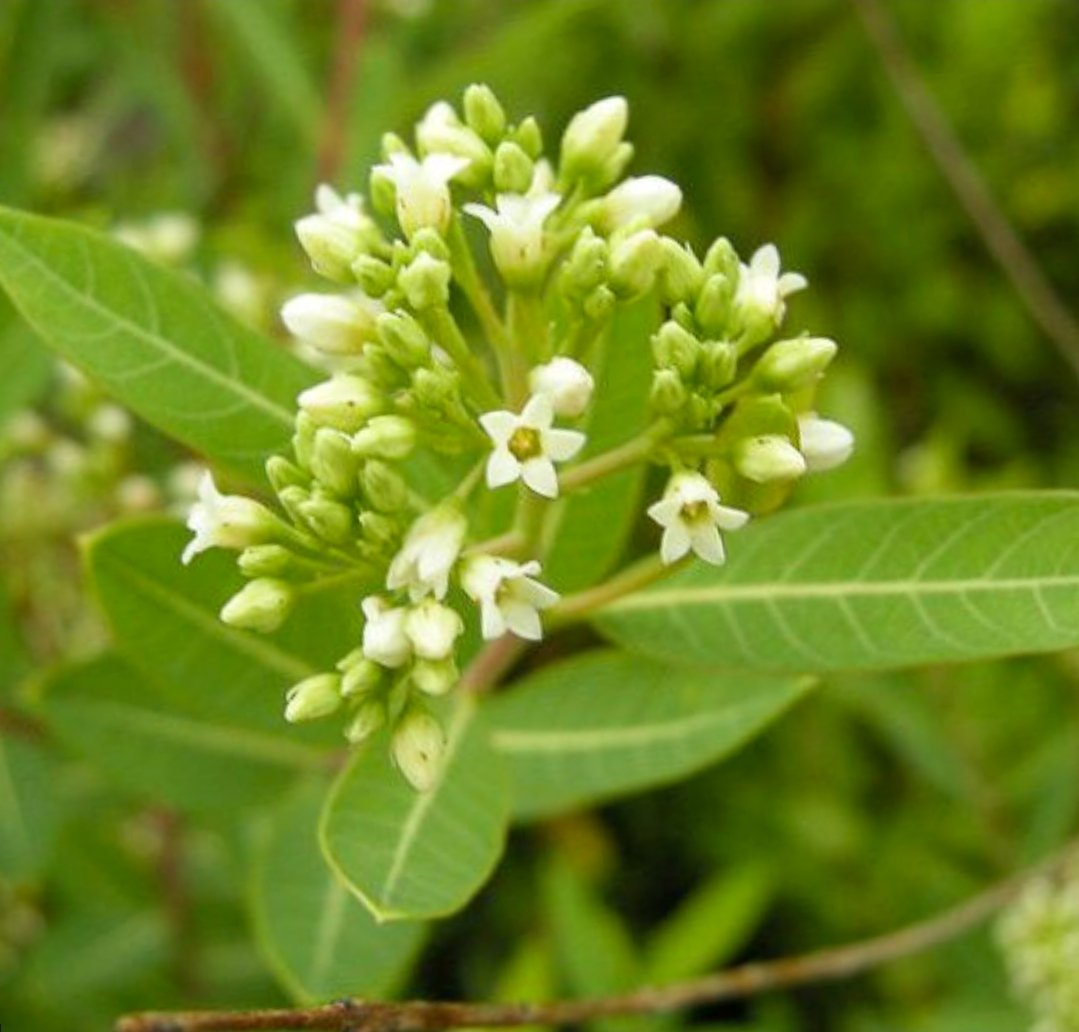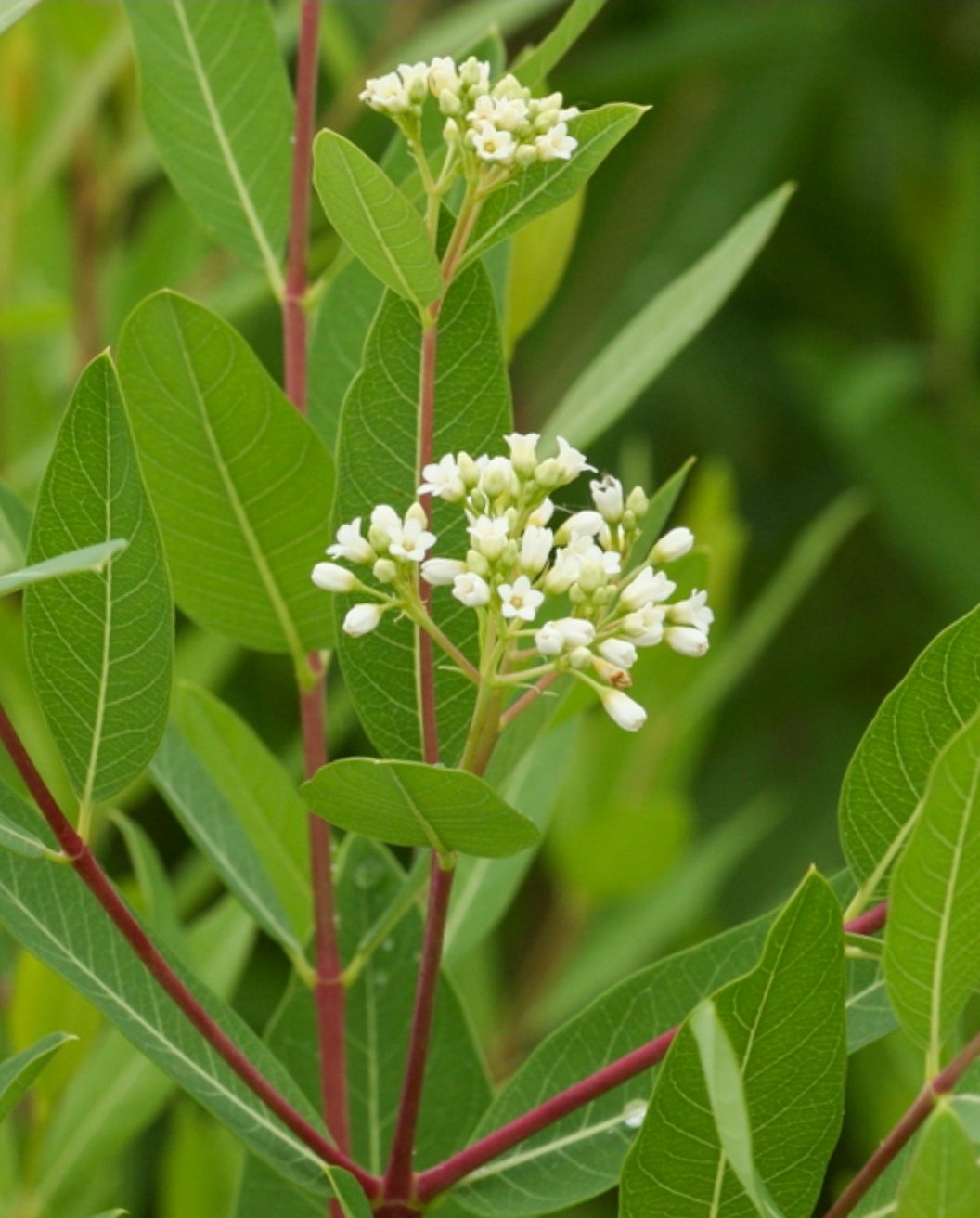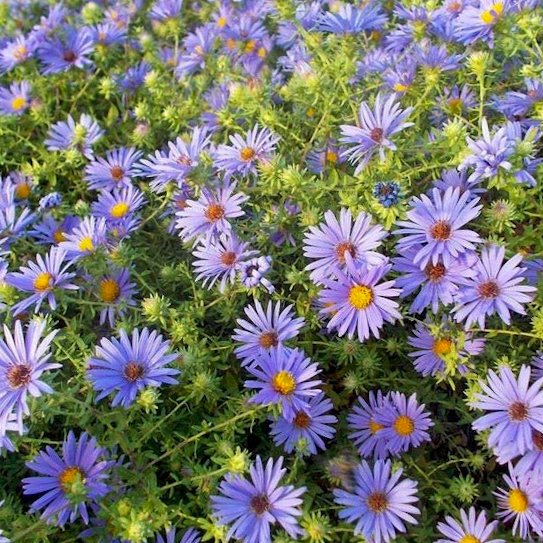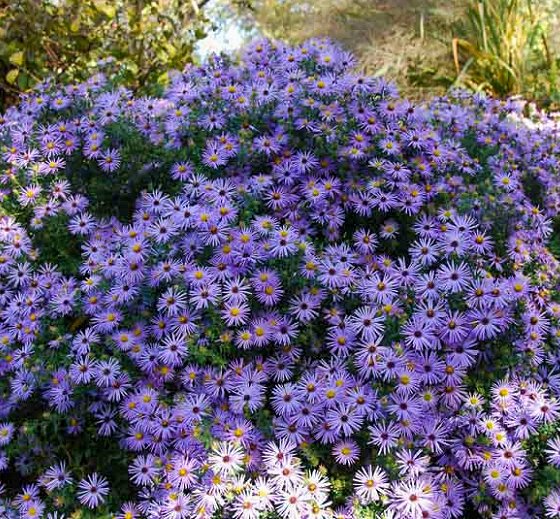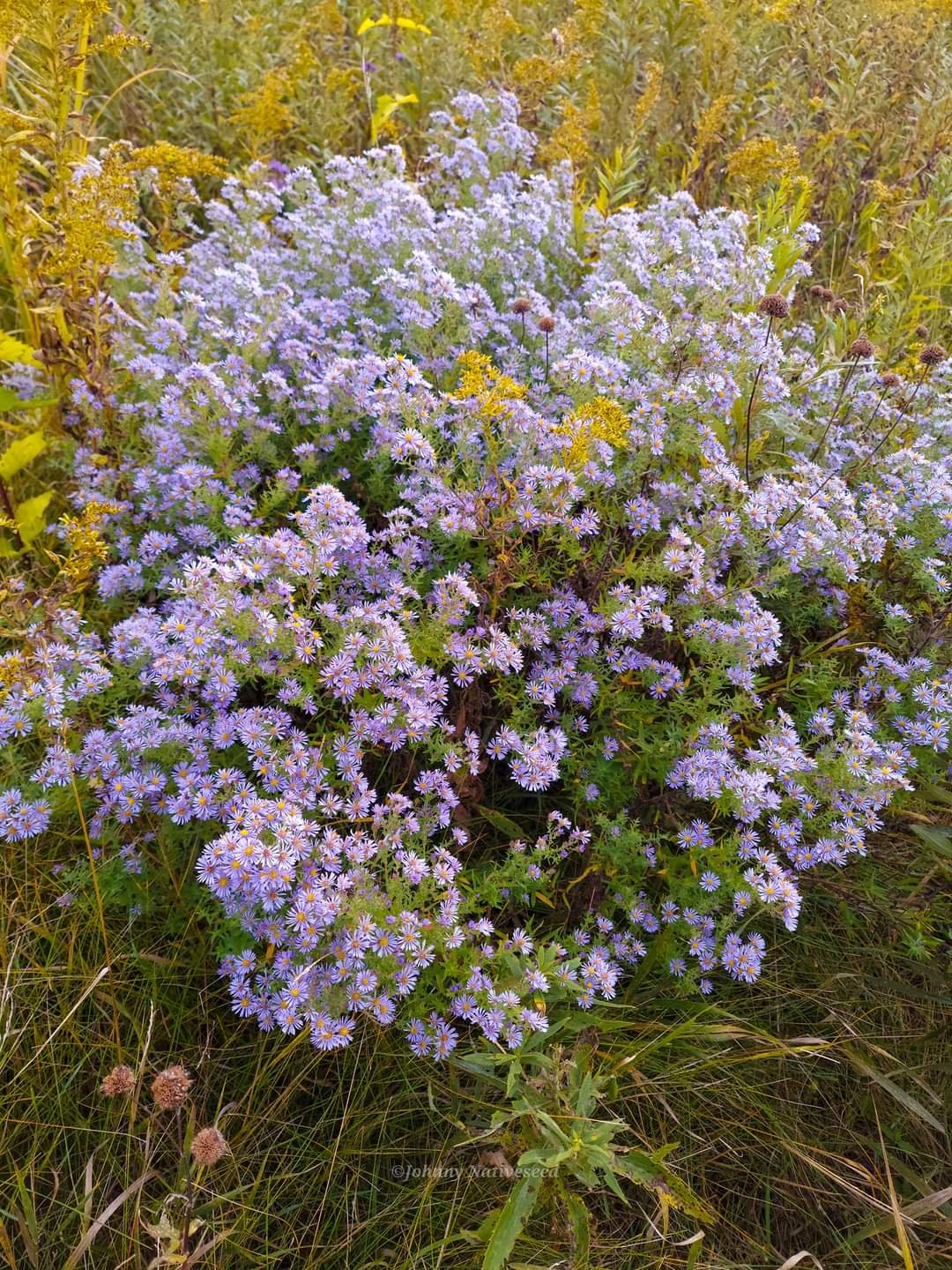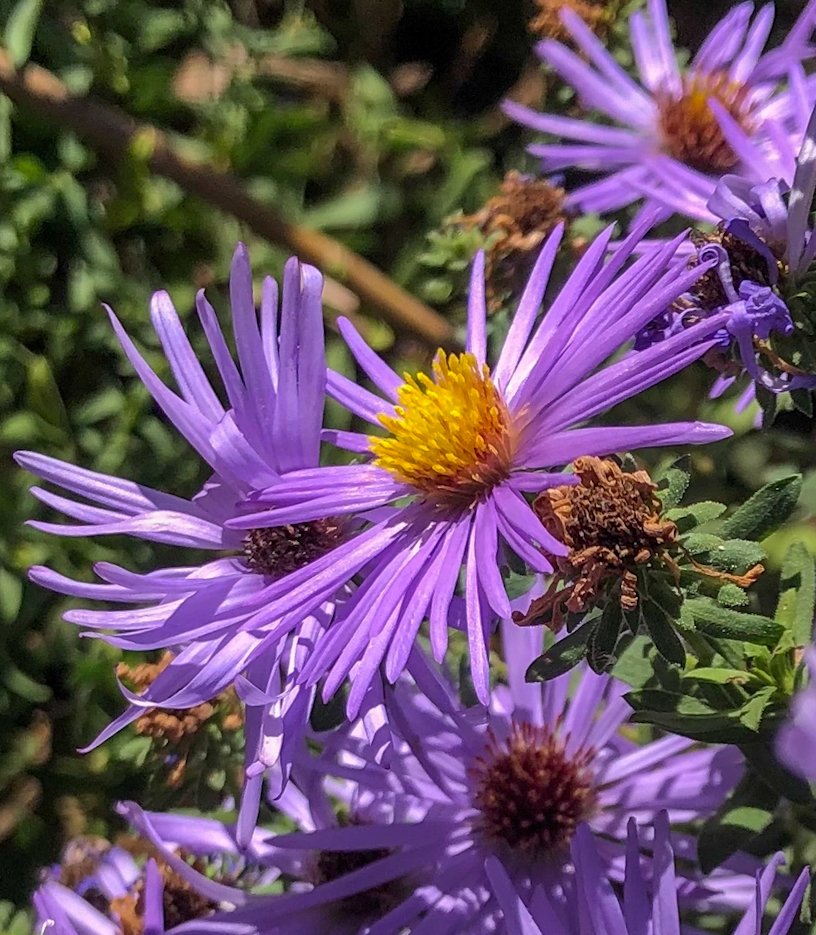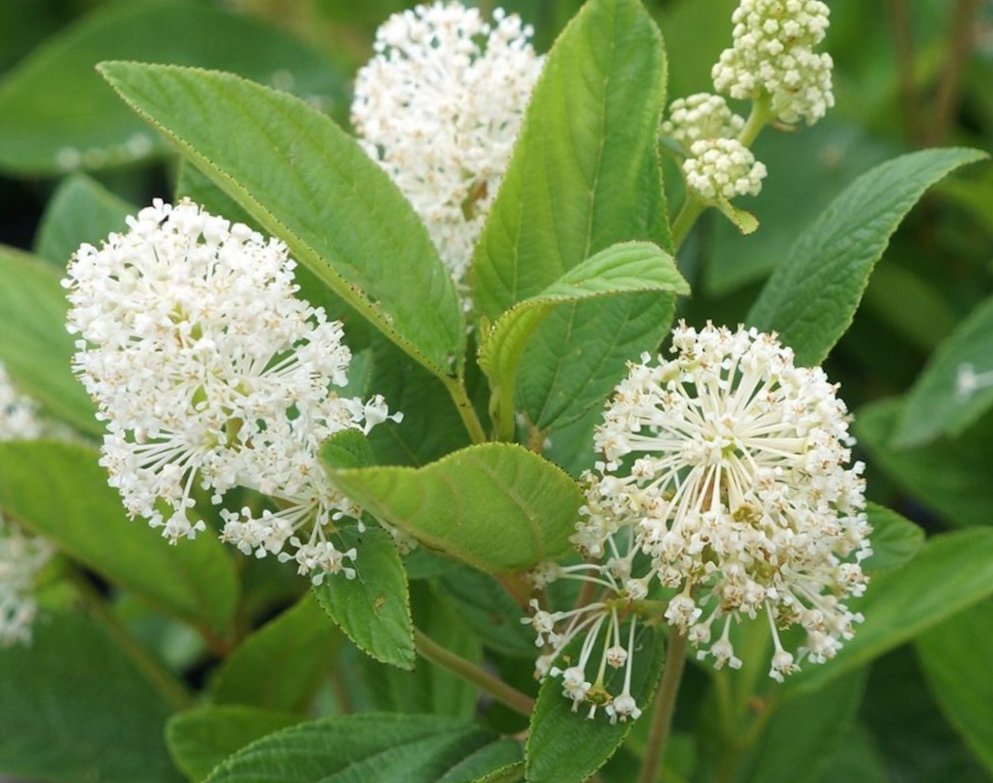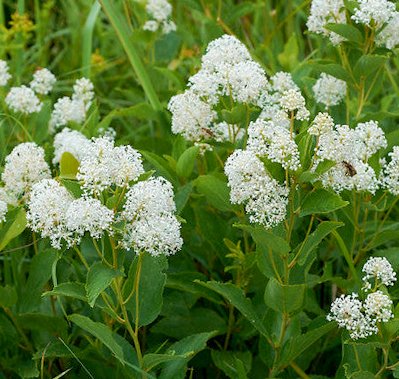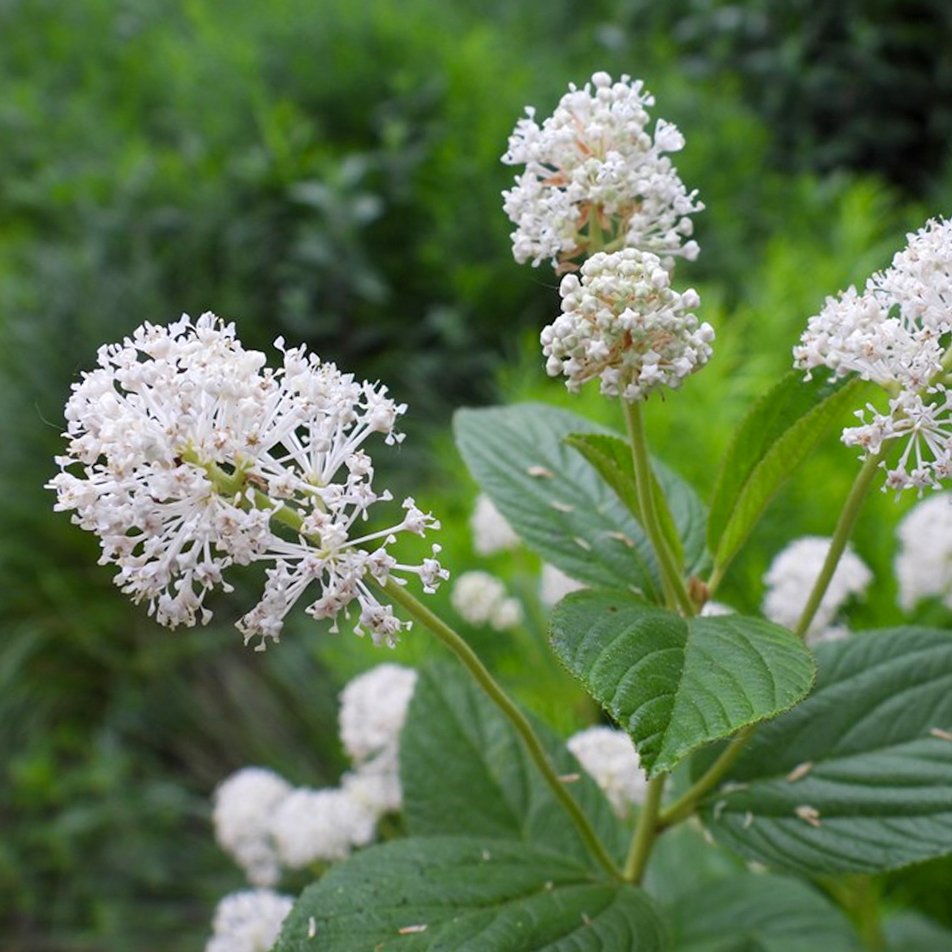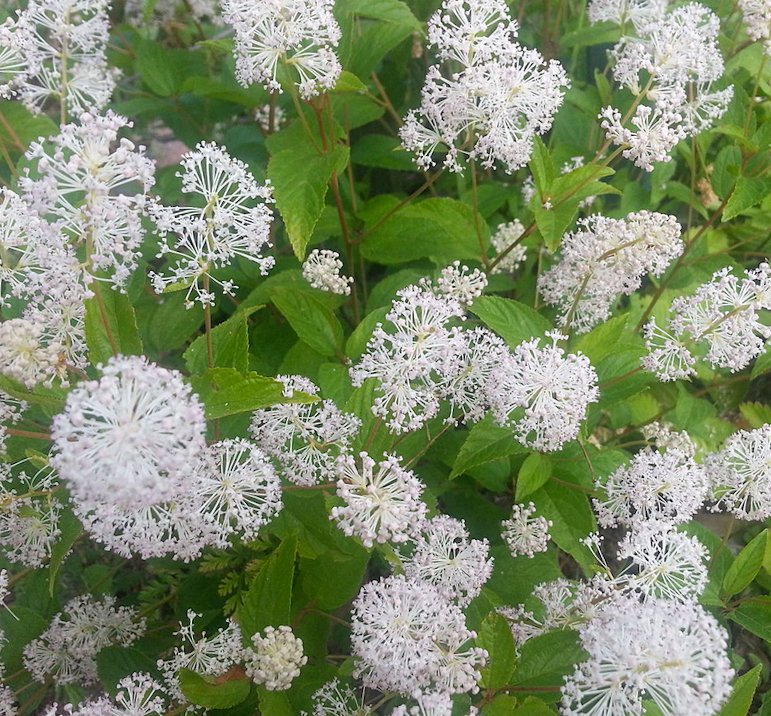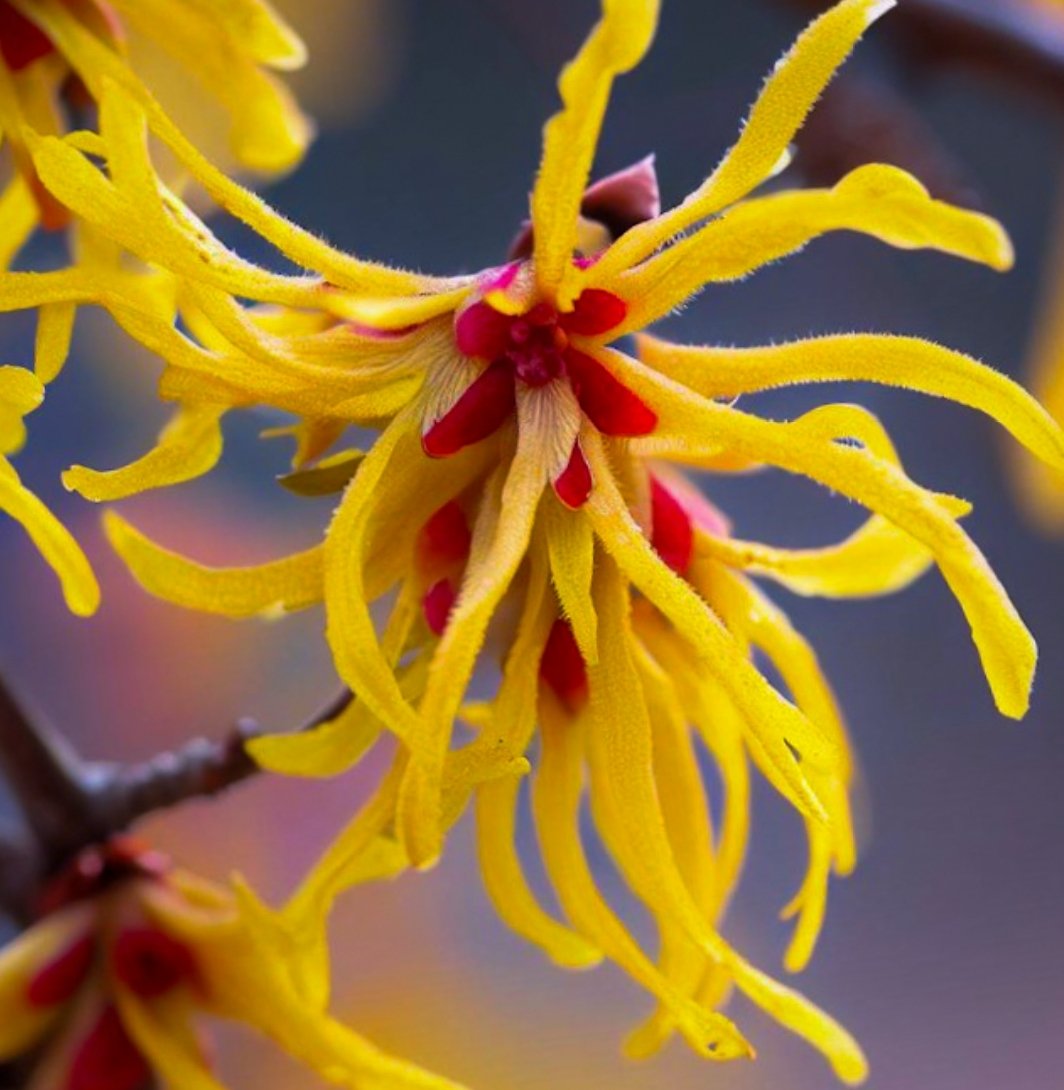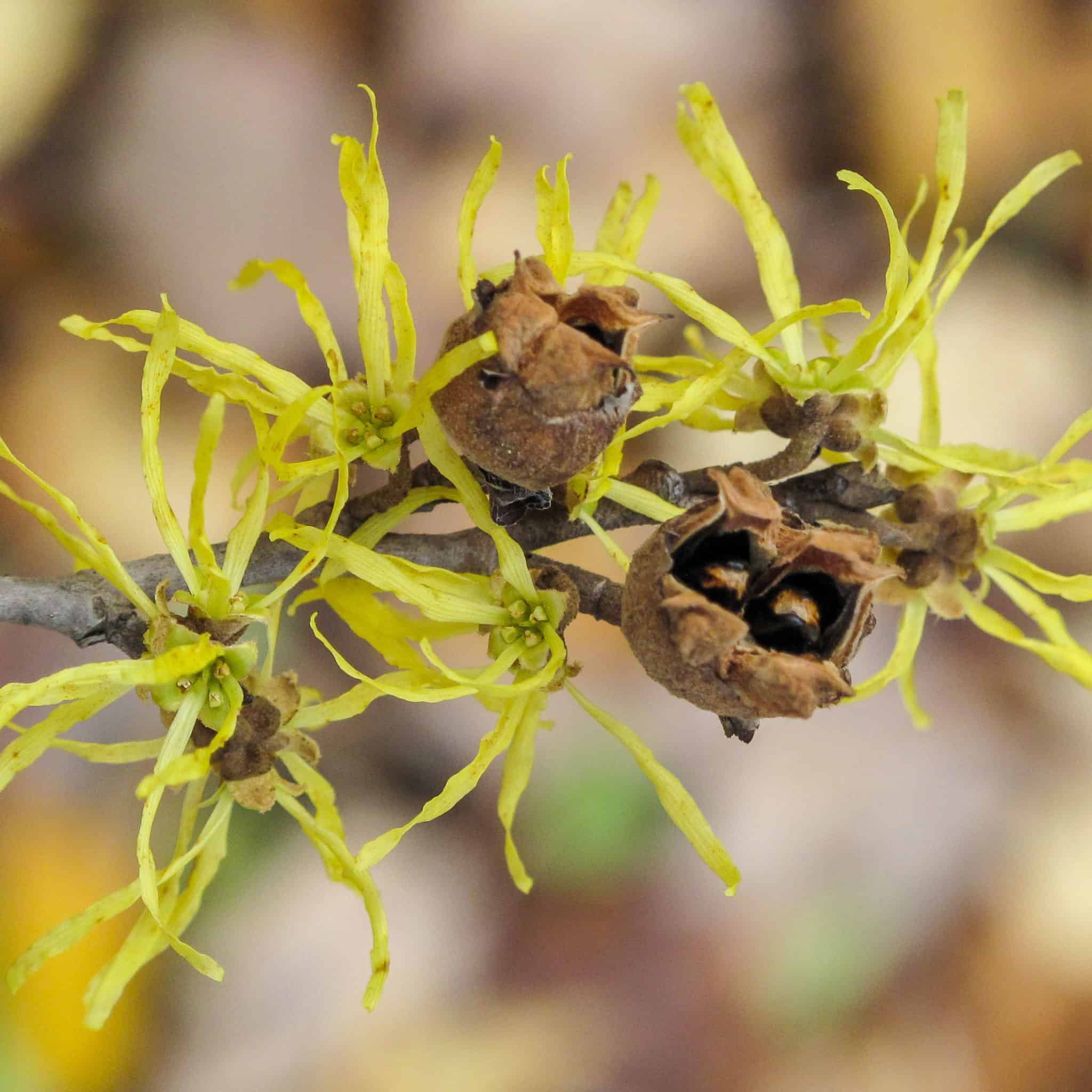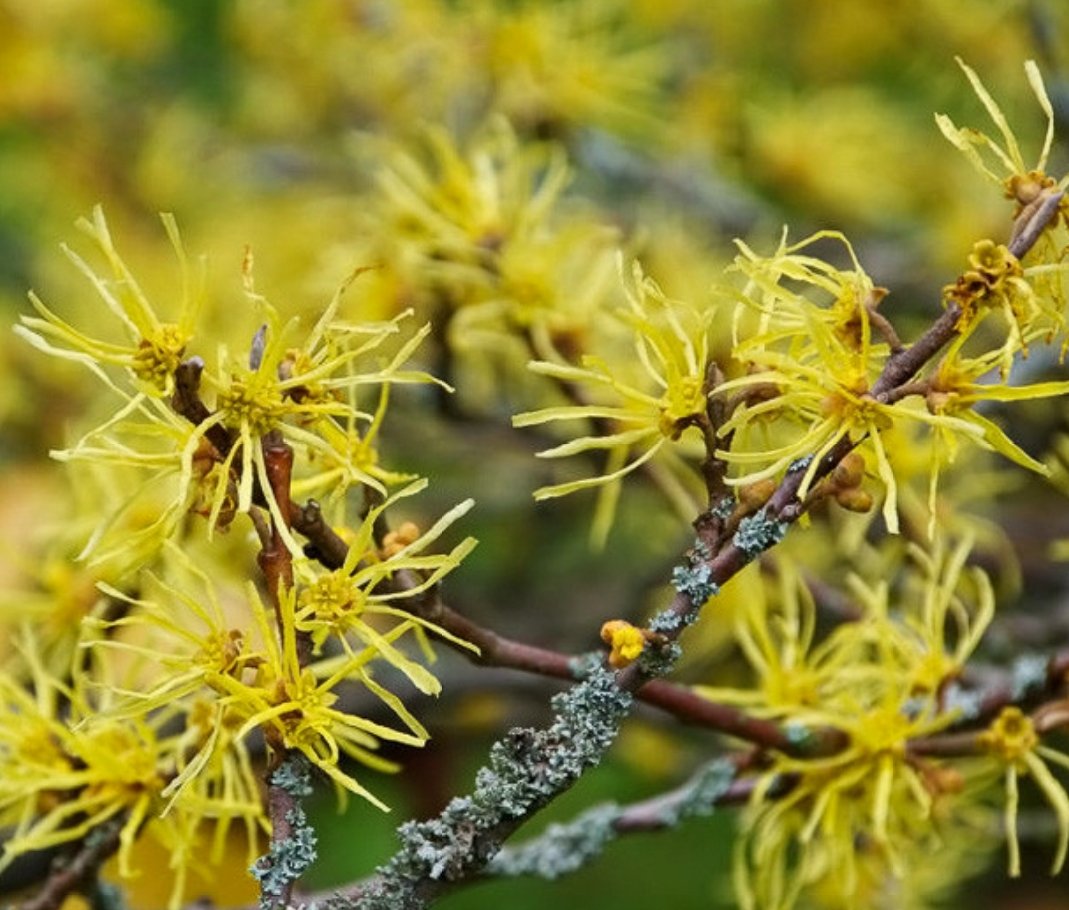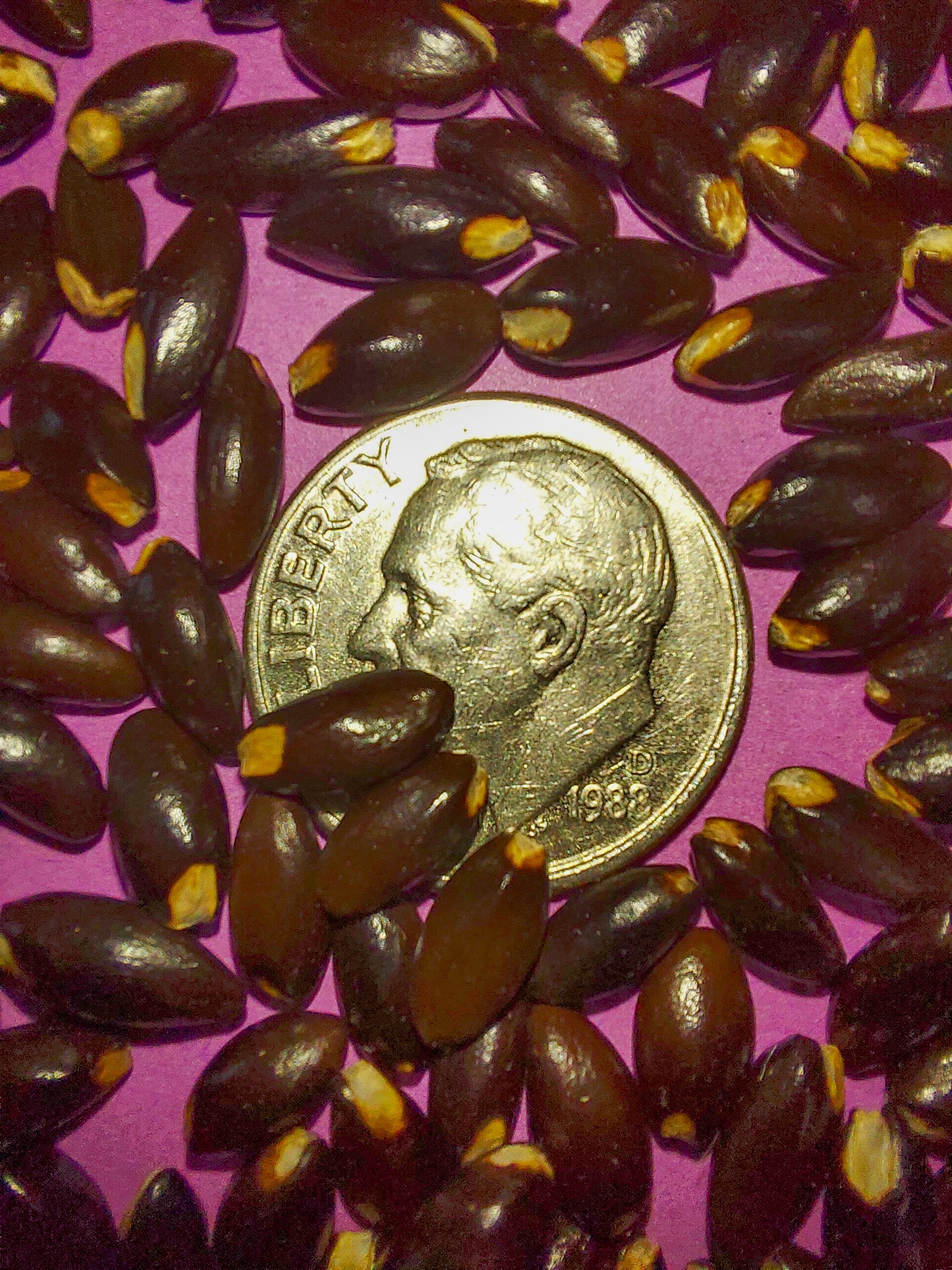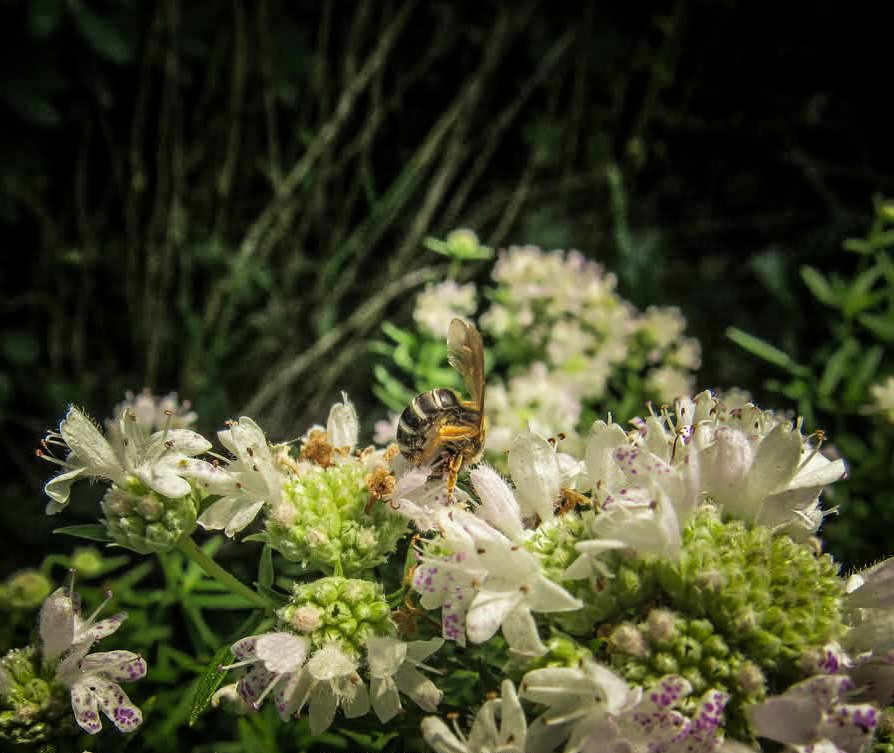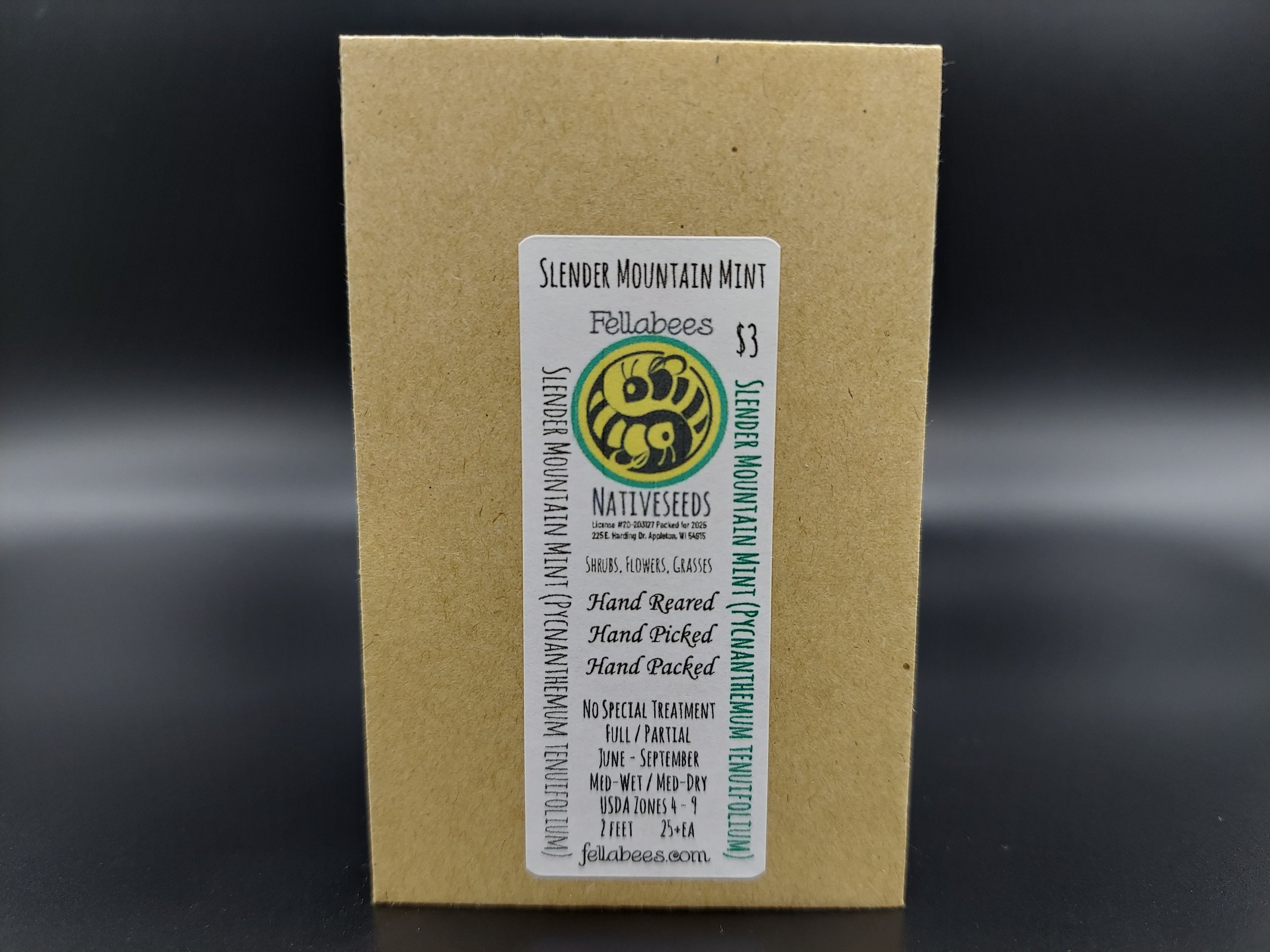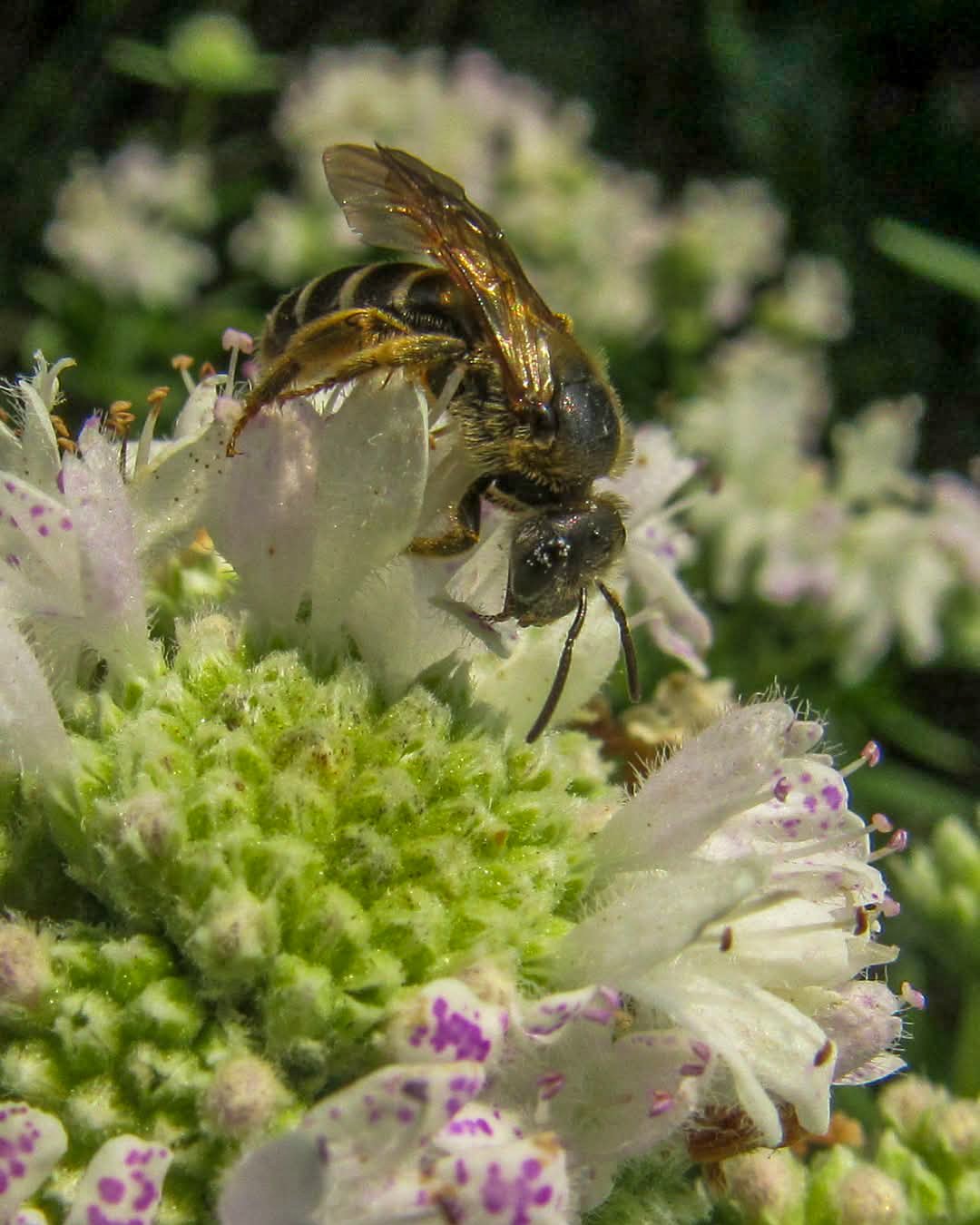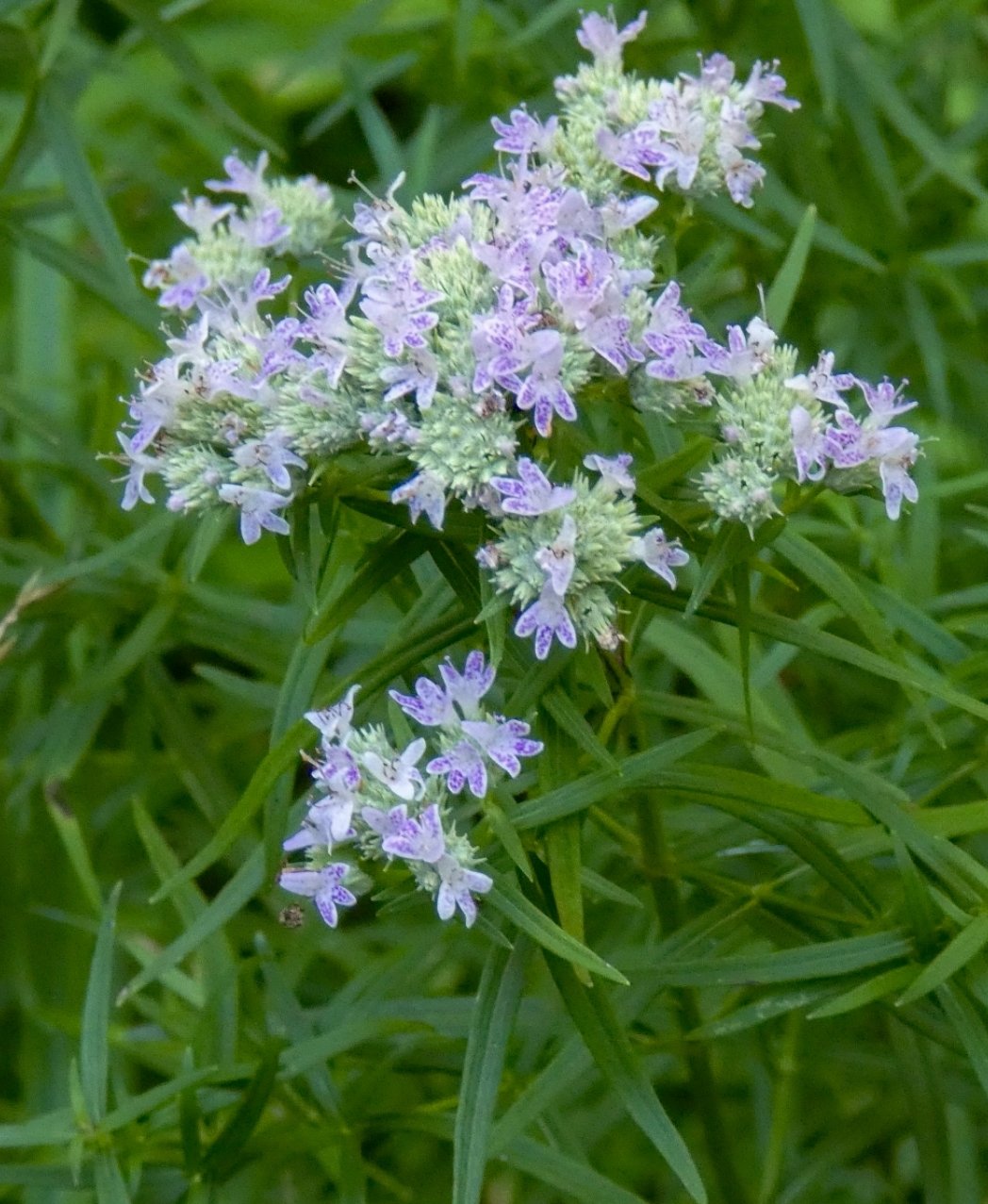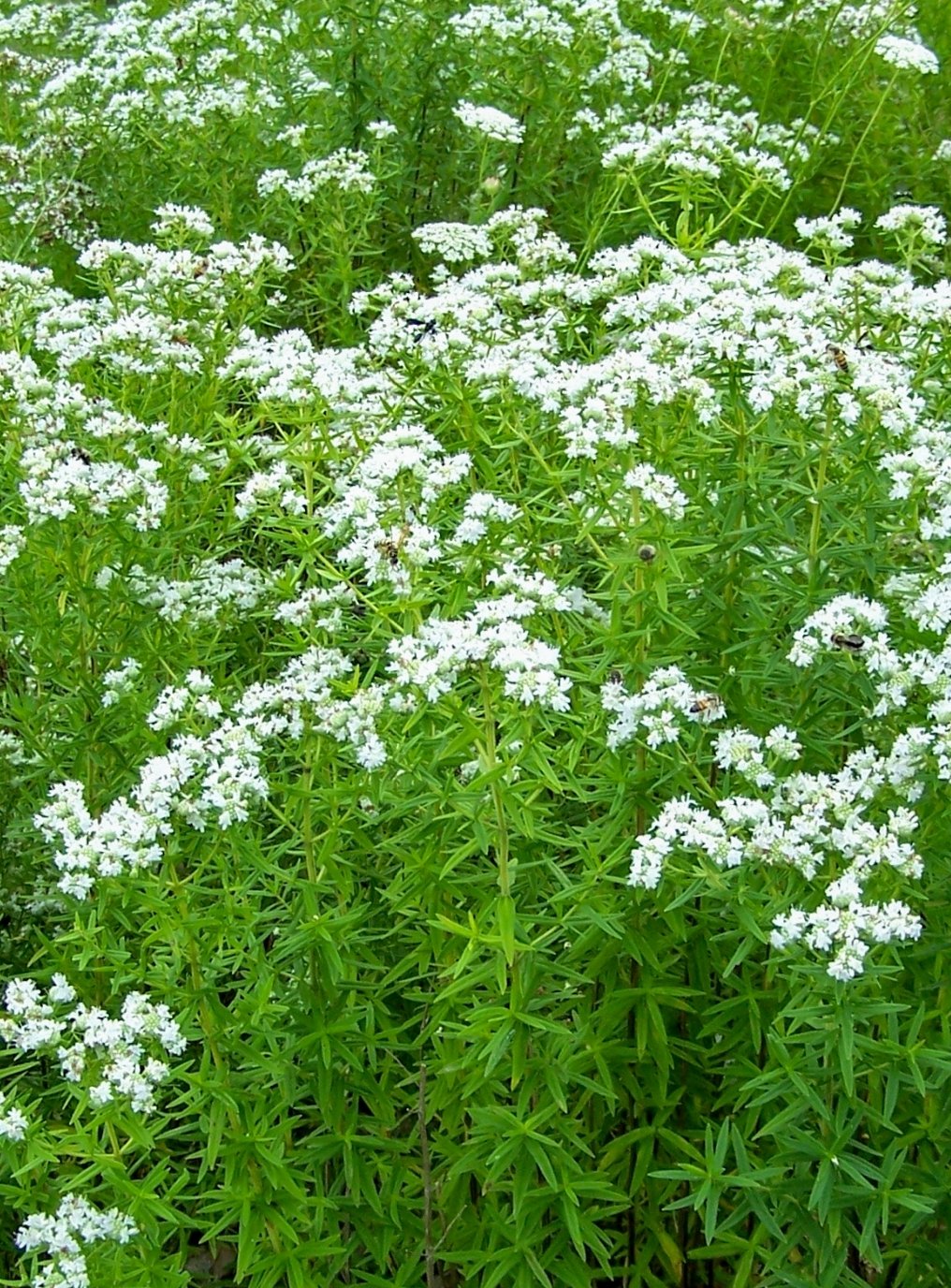 Image 1 of 5
Image 1 of 5

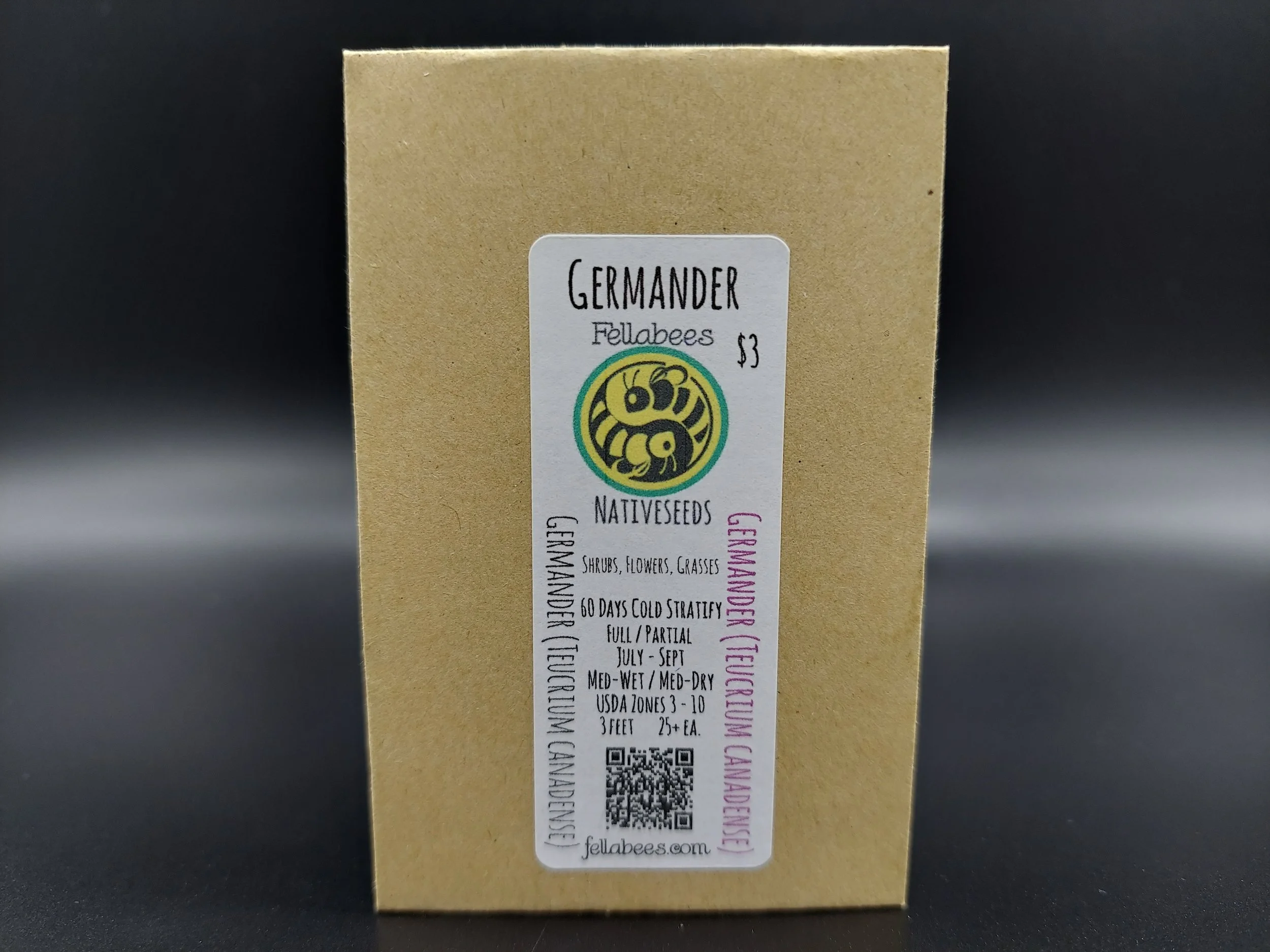 Image 2 of 5
Image 2 of 5

 Image 3 of 5
Image 3 of 5

 Image 4 of 5
Image 4 of 5

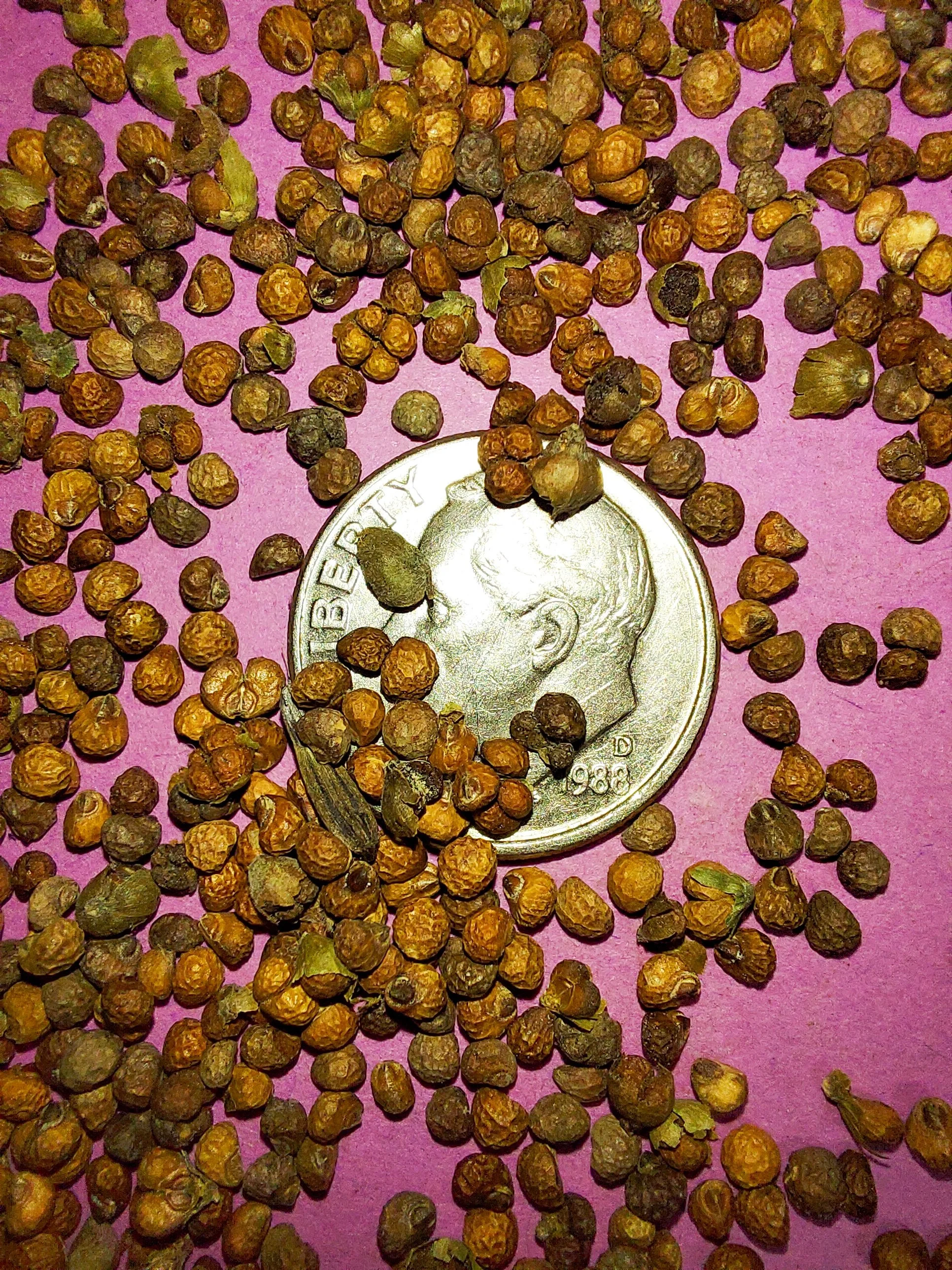 Image 5 of 5
Image 5 of 5






Germander (Teucrium canadense)
Germander (Teucrium canadense)
Teucrium canadense is the scientific name for the species more commonly known simply as Germander. It is also colloquially referred to as Canada Germander, American Germander, or Wood Sage in various regions. Germander is a hardy perennial herb belonging to the Lamiaceae family, known for its aromatic qualities and attractive flowers. This plant is native to North America, where it can be found growing naturally across the contiguous United States as well as throughout much of Canada.
The flowers of Germander are specially adapted for pollination by insects that have long tongues, with the lower lip of the flower serving as a convenient platform on which these insects can easily land. Among the primary pollinators are bumblebees, digger bees, cuckoo bees, and megachilid bees, all of which play a significant role in the plant’s reproductive process. In addition to these bees, the flowers are also frequently visited by various flies and butterflies. Occasionally, they attract hummingbird moths and even hummingbirds, adding to the diversity of pollinators. The foliage of Germander is notably unappealing to grazing animals, primarily due to its distinctly bitter taste, which helps protect the plant from being eaten.
Germander contains a diverse range of chemicals with notable pharmacological properties, including flavonoids, diterpenoids, tannins, bitter aromatics, volatile oils, and glycosides such as saponins. Historically, the earliest known use of this plant was by Native American tribes, who ground the leaves to create a herbal tea that was used as a diuretic and to encourage sweating. Additionally, the green parts of the plant have been traditionally applied as an antiseptic wound dressing and were often made into a tincture for gargling to soothe throat ailments.
Plant Details:
USDA Zones: 3-10
Germination Needs: Needs 60 days Cold Stratification
Life Cycle: Perennial
Sun Exposure: Full to Partial
Soil Moisture: Medium-Wet, Medium, Medium-Dry
Plant Spacing: 1 - 2 feet
Height: 3 feet
Bloom time: July, August, September
Bloom Color: Pink
Advantages:
Pollinator Favorite: butterflies, moths, bees, wasps, beetles
Bird Favorite: seeds, insects, fruit, nectar, nesting, perchs.
Deer Resistant: Yes
Native to : Wisconsin, Minnesota, Iowa, Illinois, Indiana, Michigan, Ohio, Pennsylvania, New York, Vermont, New Hampshire, Maine, Massachusetts, Rhode Island, Connecticut, Delaware, Maryland, New Jersey, West Virginia, Virginia, Kentucky, Tennessee, North Carolina, South Carolina, Georgia, Florida, Alabama, Mississippi, Louisiana, Arkansas, Missouri, Texas, Oklahoma, Kansas, Nebraska, South Dakota, North Dakota, Montana, Wyoming, Colorado, New Mexico, Arizona, Utah, Idaho, and Washington State.
This plant is considered present but rare in several counties of the states of Montana, Idaho and Utah.
Seed Count: 25+
.
.
Packet quantities:
We pride ourselves on ethical, hands on, ecological management, using no mechanical or chemical methods whatsoever.
All of our native seed is hand reared, hand-picked, and hand packed from native prairies under our exclusive management, never breaking chain of custody from the field until it is sent to you. Each packet is hand prepared for shipment by us, directly.
Small seed species will contain greater than 20-25 seed
Large seed species will contain greater than 10-15 seed
All packets are individually marked at the bottom of the front label with expected count, however most if not all packets will have many more than the minimum count by default.
It is our mission to spread the wealth of native plant and pollinator ecological sustainability and educate back yard gardeners as well as corporate and government entities in how to germinate, grow, and benefit from native synergies.
Thank you for your support, it is because of you, that we can grow together to do, what we do. 🐛🦋🐝🐞🌾🌱🌼🧡
Germander (Teucrium canadense)
Teucrium canadense is the scientific name for the species more commonly known simply as Germander. It is also colloquially referred to as Canada Germander, American Germander, or Wood Sage in various regions. Germander is a hardy perennial herb belonging to the Lamiaceae family, known for its aromatic qualities and attractive flowers. This plant is native to North America, where it can be found growing naturally across the contiguous United States as well as throughout much of Canada.
The flowers of Germander are specially adapted for pollination by insects that have long tongues, with the lower lip of the flower serving as a convenient platform on which these insects can easily land. Among the primary pollinators are bumblebees, digger bees, cuckoo bees, and megachilid bees, all of which play a significant role in the plant’s reproductive process. In addition to these bees, the flowers are also frequently visited by various flies and butterflies. Occasionally, they attract hummingbird moths and even hummingbirds, adding to the diversity of pollinators. The foliage of Germander is notably unappealing to grazing animals, primarily due to its distinctly bitter taste, which helps protect the plant from being eaten.
Germander contains a diverse range of chemicals with notable pharmacological properties, including flavonoids, diterpenoids, tannins, bitter aromatics, volatile oils, and glycosides such as saponins. Historically, the earliest known use of this plant was by Native American tribes, who ground the leaves to create a herbal tea that was used as a diuretic and to encourage sweating. Additionally, the green parts of the plant have been traditionally applied as an antiseptic wound dressing and were often made into a tincture for gargling to soothe throat ailments.
Plant Details:
USDA Zones: 3-10
Germination Needs: Needs 60 days Cold Stratification
Life Cycle: Perennial
Sun Exposure: Full to Partial
Soil Moisture: Medium-Wet, Medium, Medium-Dry
Plant Spacing: 1 - 2 feet
Height: 3 feet
Bloom time: July, August, September
Bloom Color: Pink
Advantages:
Pollinator Favorite: butterflies, moths, bees, wasps, beetles
Bird Favorite: seeds, insects, fruit, nectar, nesting, perchs.
Deer Resistant: Yes
Native to : Wisconsin, Minnesota, Iowa, Illinois, Indiana, Michigan, Ohio, Pennsylvania, New York, Vermont, New Hampshire, Maine, Massachusetts, Rhode Island, Connecticut, Delaware, Maryland, New Jersey, West Virginia, Virginia, Kentucky, Tennessee, North Carolina, South Carolina, Georgia, Florida, Alabama, Mississippi, Louisiana, Arkansas, Missouri, Texas, Oklahoma, Kansas, Nebraska, South Dakota, North Dakota, Montana, Wyoming, Colorado, New Mexico, Arizona, Utah, Idaho, and Washington State.
This plant is considered present but rare in several counties of the states of Montana, Idaho and Utah.
Seed Count: 25+
.
.
Packet quantities:
We pride ourselves on ethical, hands on, ecological management, using no mechanical or chemical methods whatsoever.
All of our native seed is hand reared, hand-picked, and hand packed from native prairies under our exclusive management, never breaking chain of custody from the field until it is sent to you. Each packet is hand prepared for shipment by us, directly.
Small seed species will contain greater than 20-25 seed
Large seed species will contain greater than 10-15 seed
All packets are individually marked at the bottom of the front label with expected count, however most if not all packets will have many more than the minimum count by default.
It is our mission to spread the wealth of native plant and pollinator ecological sustainability and educate back yard gardeners as well as corporate and government entities in how to germinate, grow, and benefit from native synergies.
Thank you for your support, it is because of you, that we can grow together to do, what we do. 🐛🦋🐝🐞🌾🌱🌼🧡
